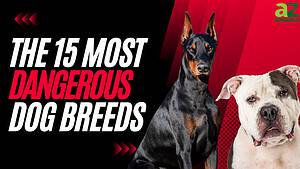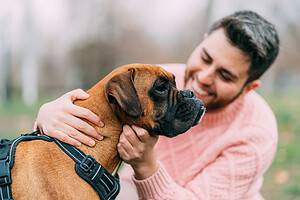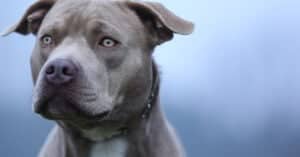The World Dog Federation recognizes 406 dog breeds, while the American Kennel Club has much stricter standards and only recognizes 200 breeds. Each breed has unique characteristics, personalities, and preferences. However, these traits are more distinguishable in purebreds. While mixed breeds show the same qualities, they are harder to distinguish as they can carry characteristics from either parent, which only become apparent as they start to grow. However, these breeds are separated into seven types of dogs based on what they were initially bred for, like sporting hounds, herding dogs, or toy breeds, which don’t really serve a purpose except to be lap dogs and companions.
Below, you can explore the seven types of dog breeds. Learn more about their history and personality to find the perfect canine companion for your family. While each dog is unique, certain breeds will have similar characteristics, energy levels, grooming requirements, health issues, and temperaments.
1. Sporting Breeds
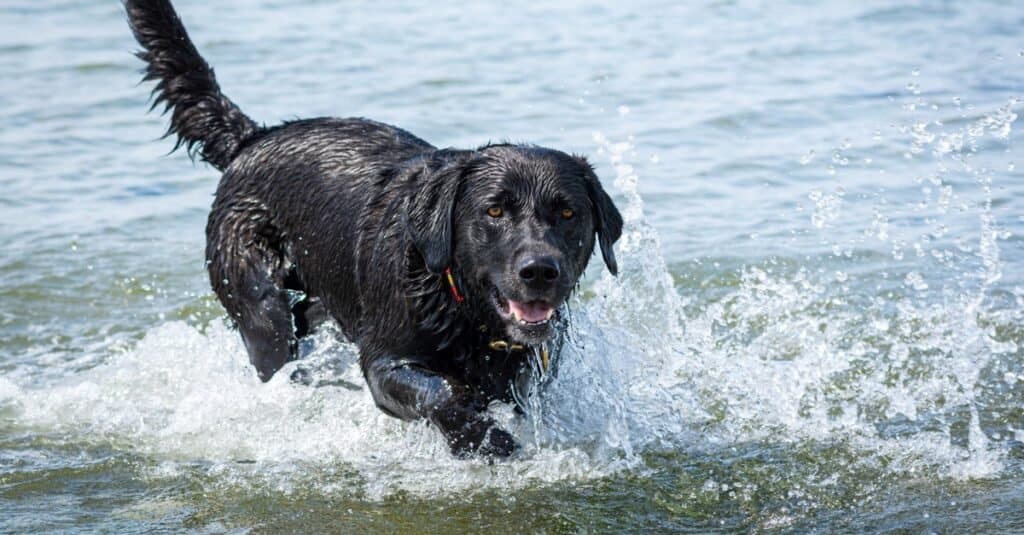
Labrador retrievers are excellent sporting dogs known for their love of water.
©Dan_Manila/Shutterstock.com
Breeders initially bred dogs belonging to this group to assist hunters. Their purpose is to find, flush, catch, and retrieve birds such as ducks and pheasants. But, mainly, hunters use them to retrieve waterfowl or upland game birds. However, each breed in this group specializes in a specific hunting technique. For example, there are four types of sporting dogs: retrievers, pointers, spaniels, and setters.
The retrievers are fantastic swimmers and excel in retrieving waterfowl, whereas pointers, spaniels, and setters are incredible at hunting pheasant, quail, and other grassland game birds. In addition, other tasks they perform include pointers and setters who steer the hunter on the right path by pointing in the direction with their bodies, snout or raised front paw. Furthermore, spaniels are experts at flushing game, meaning they locate the birds, chase them, and when they take flight, the hunter can take aim and fire. Finally, retrievers are known for recovering dead and injured game, especially from water sources.
All sporting breeds are distinguished by their highly-active and alert natures, stable temperaments, and ability to hunt on both land and water. However, these dogs also usually make well-rounded pets and lovable companions, perfect for active families, as they require lots of time outdoors and plenty of exercise.
Popular breeds belonging to this group include:
Golden Retriever
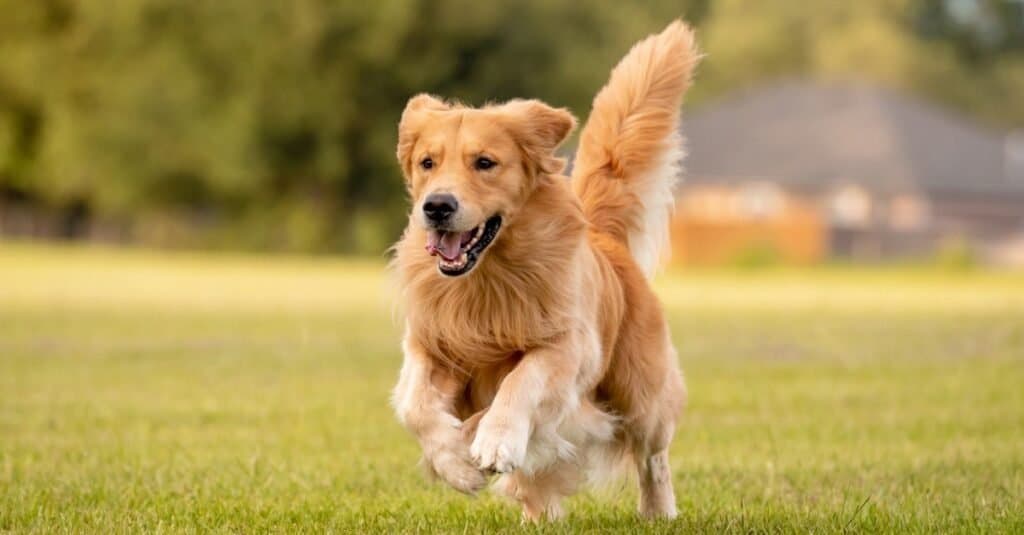
Golden retrievers are quick learners and excel at collecting dead game birds.
©iStock.com/Tatyana Consaul
The golden retriever has many positive characteristics, is adept in various tasks like hunting and tracking, and they are used as service dogs. But despite their goofy and playful natures, they are quick learners and can master an array of skills, including aiding in search and rescue after a disaster.
German Shorthaired Pointers
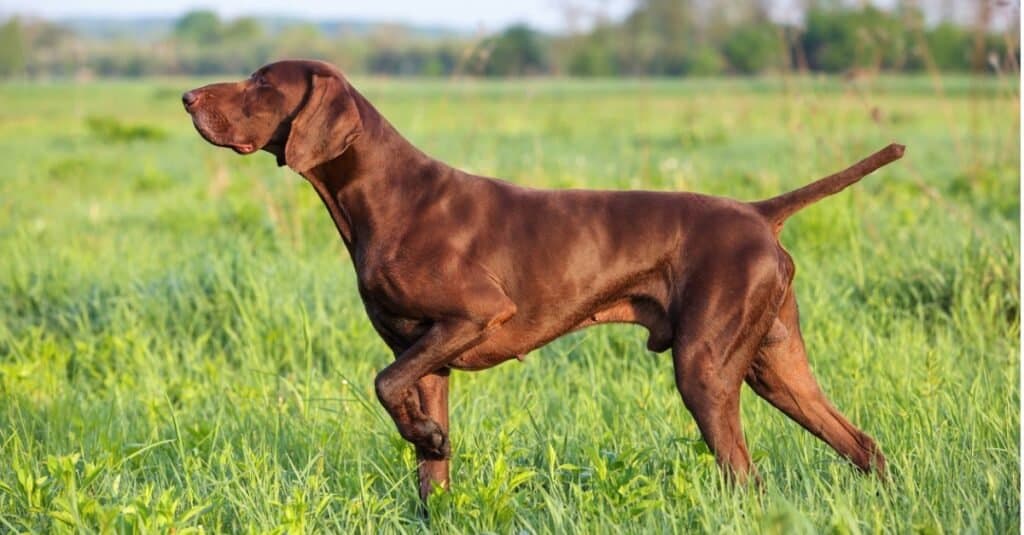
German shorthaired pointers use their bodies to point toward fallen prey.
©iStock.com/vik898
While German shorthaired pointers have sleek, muscular builds and webbed feet, making them incredible swimmers, hunters generally prefer using Labrador retrievers for collecting waterbirds in the winter as the German shorthaired pointer’s coat does not protect them from the icy waters.
Irish Setter
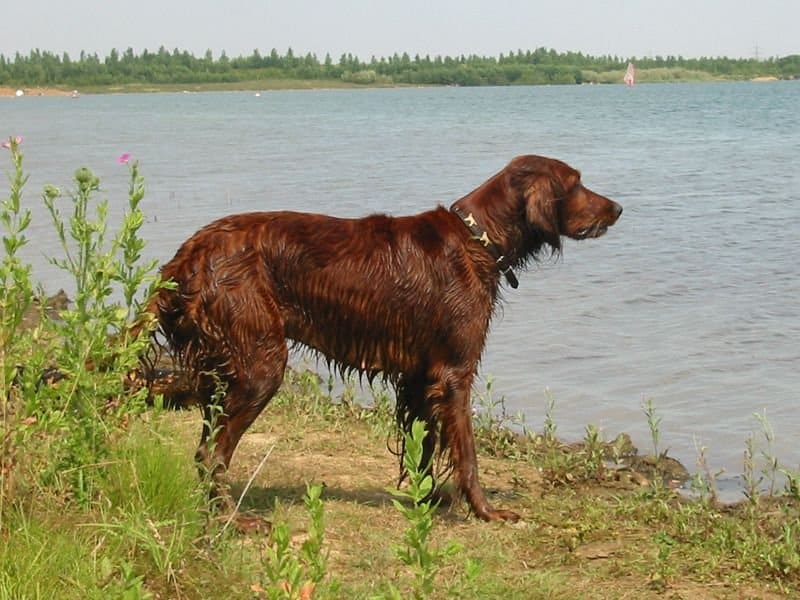
Irish setters are known for their intelligence and ability to aid hunters in locating their kill.
There is a distinct difference between Irish setters that compete in dog shows and those used for hunting purposes, even though they are the same breed. For example, gundogs are smaller and thinner than show dogs, which have thicker coats and are heavier.
English Cocker Spaniel
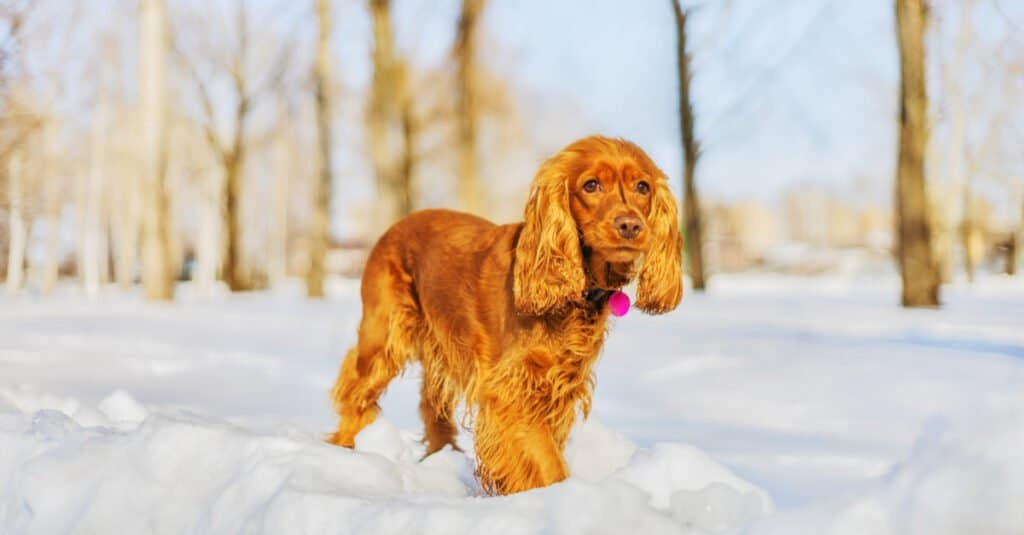
English cocker spaniels are incredible flushers, meaning they locate and chase game birds out of their hiding spots.
©SincereFox/Shutterstock.com
The American Kennel Club has classified the cocker spaniel as the smallest of all sporting breeds. In fact, that’s how the cocker spaniel first came to be; breeders determined spaniel variations by their weight, classifying the smaller versions as cocker spaniels and the larger ones as field spaniels.
2. Non-Sporting Breeds
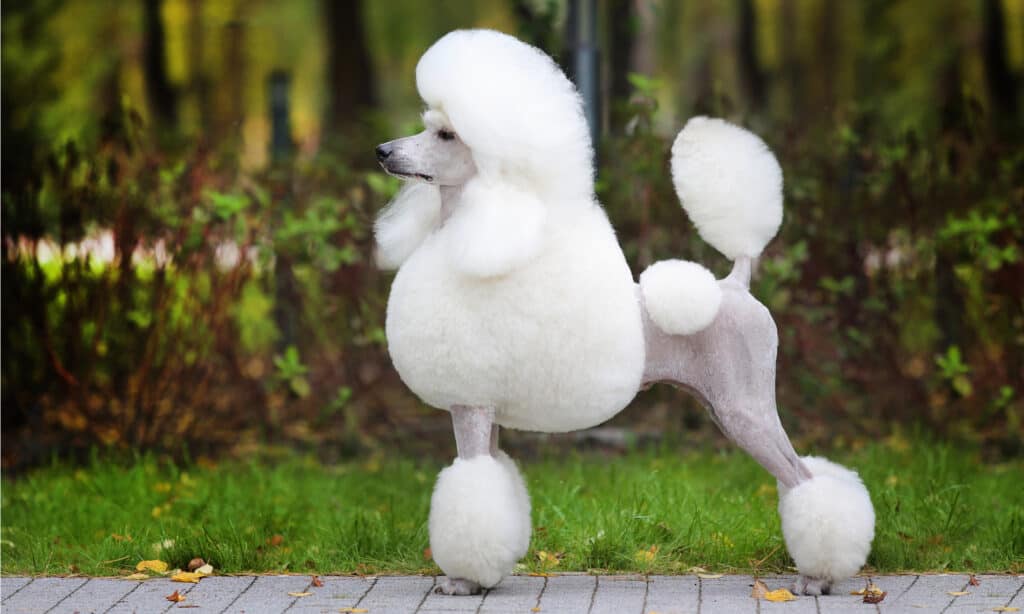
Poodles are classified as non-sporting dogs.
©Dulova Olga/Shutterstock.com
This group has the most diverse amount of breeds, as non-sporting dogs don’t meet the requirements to fit into the other 6 categories. Initially, the AKC only registered breeds as sporting or non-sporting, but as time passed, they started to separate hounds and terriers from the sporting group. Also, they felt the need to distinguish toy and working dogs into their own groups. Lastly, they also decided to classify herding dogs from working dogs.
So, the only breeds left were the non-sporting dogs, which have fascinating histories and functions and come in an array of sizes. These dogs are usually great house pets and watchdogs, but because this group is so diverse, it makes it hard to generalize. Breeds in this category include:
Dalmatian
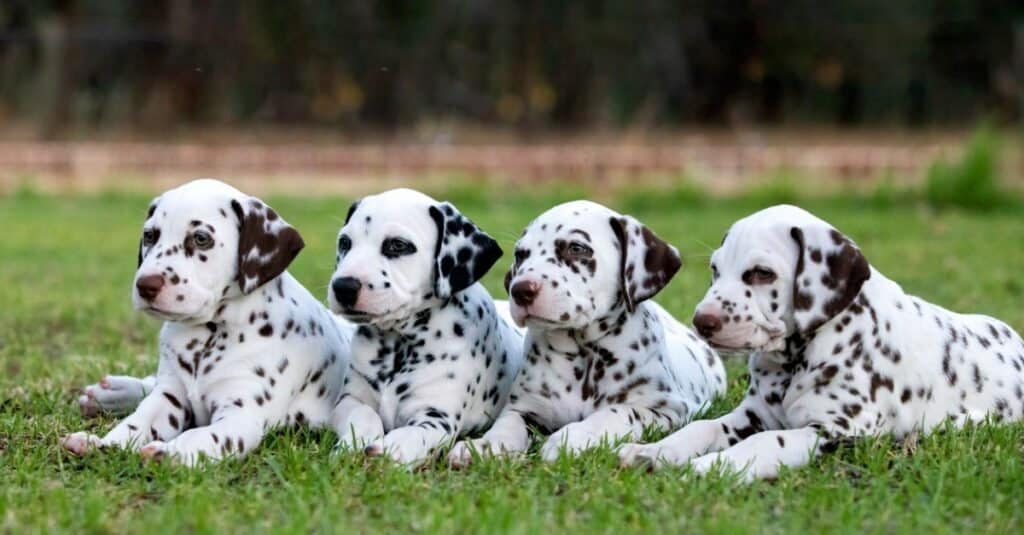
Dalmatians are born completely white and only develop their spots later on.
©iStock.com/animalinfo
Because the Dalmatian is not particularly territorial or aggressive, they are very good with other dogs and children. In addition, they are very tolerant, making them ideal family pets.
Chow Chow
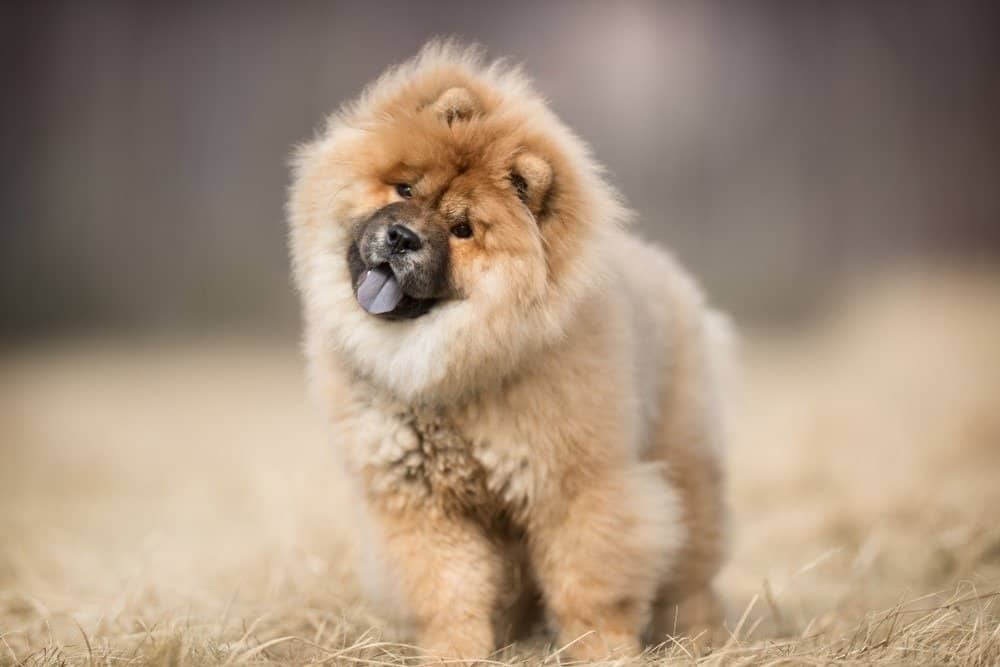
Chow chows are hard to train because they are fiercely independent and stubborn.
©BIGANDT.COM/Shutterstock.com
While chow chows are relatively intelligent, they are also extremely stubborn and independent, so training them requires an expert hand.
Bulldog
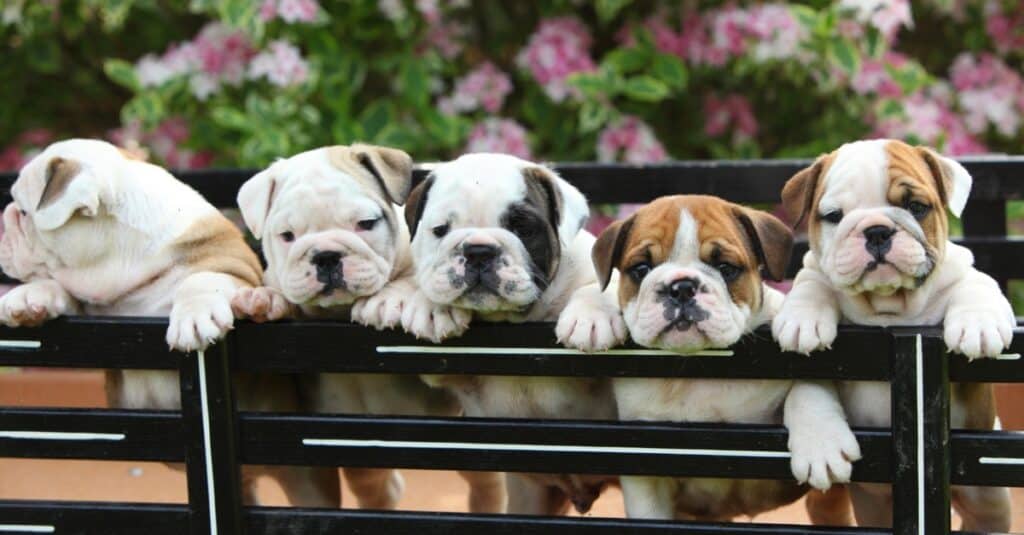
Bulldogs should never over exhert themselves because they overheat easily and are prone to breathing problems.
©iStock.com/JLSnader
Bulldogs come in various colors (around 10) and can have four different markings. For example, they can have brindle, piebald, and fawn coats.
French Bulldog
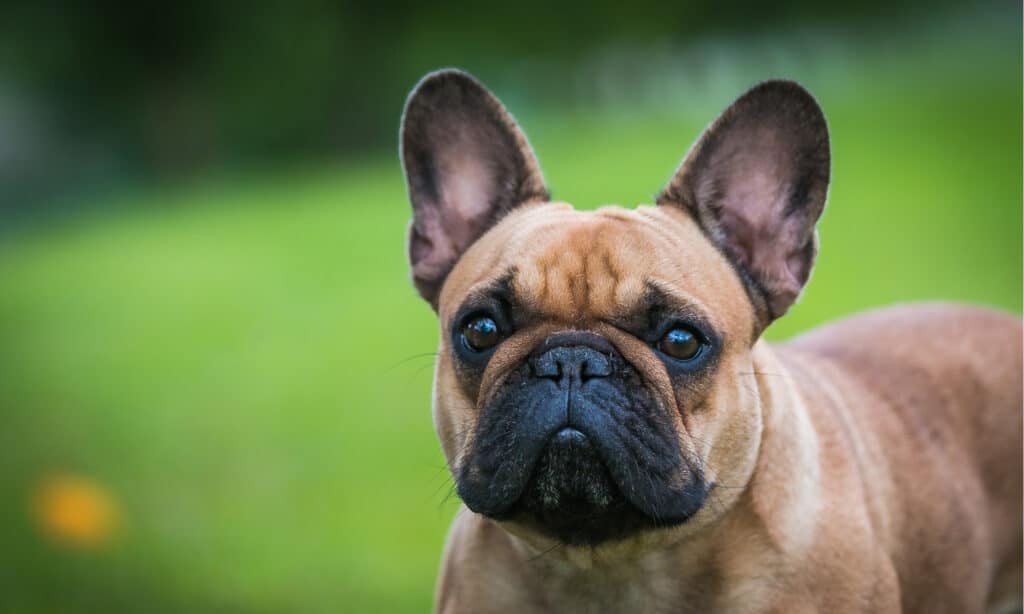
French bulldogs need their facial folds cleaned regularly.
©Eve Photography/Shutterstock.com
Despite their name, French bulldogs did not originate in France. These adorable pups actually originated in Nottingham, England. They obtained their name because breeding shifted to France.
3. Hound Breeds
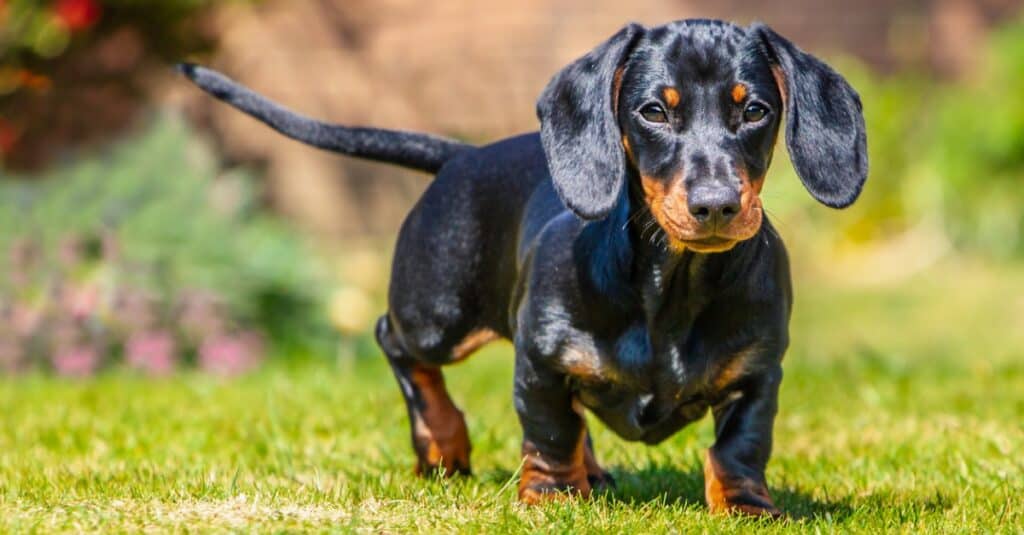
The Dachshund is classified as a hound because of their phenomenal hunting skills.
©iStock.com/CBCK-Christine
While hounds were initially part of the sporting group, the AKC categorized them in their own group in 1930 because they were specifically bred to hunt warm-blooded prey like raccoons, rabbits, and sometimes antelope. Whereas sporting breeds mainly pursue game birds. Most breeds in this group rely heavily on scent to track down game. However, a few hounds rely more on vision and speed. In addition, breeds like bassets, beagles, and bloodhounds aid in tracking escaped convicts or for search and rescue work. Dogs like the greyhound, Afghan hound, and whippet are notorious for their speeds, making them excellent racing dogs as well as hunting companions.
Bloodhound
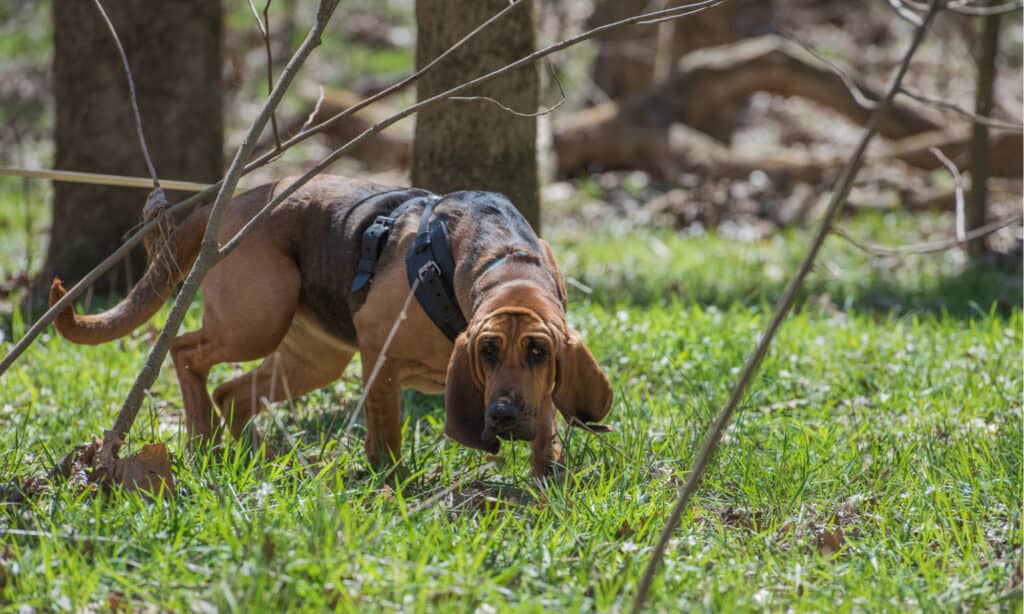
Bloodhounds have the best sense of smell compared to any other breed.
©NSC Photography/Shutterstock.com
The bloodhound has an incredible sense of smell; they have between 250 to 300 million scent receptors, which help them identify smells up to 130 miles away!
Basset Hound
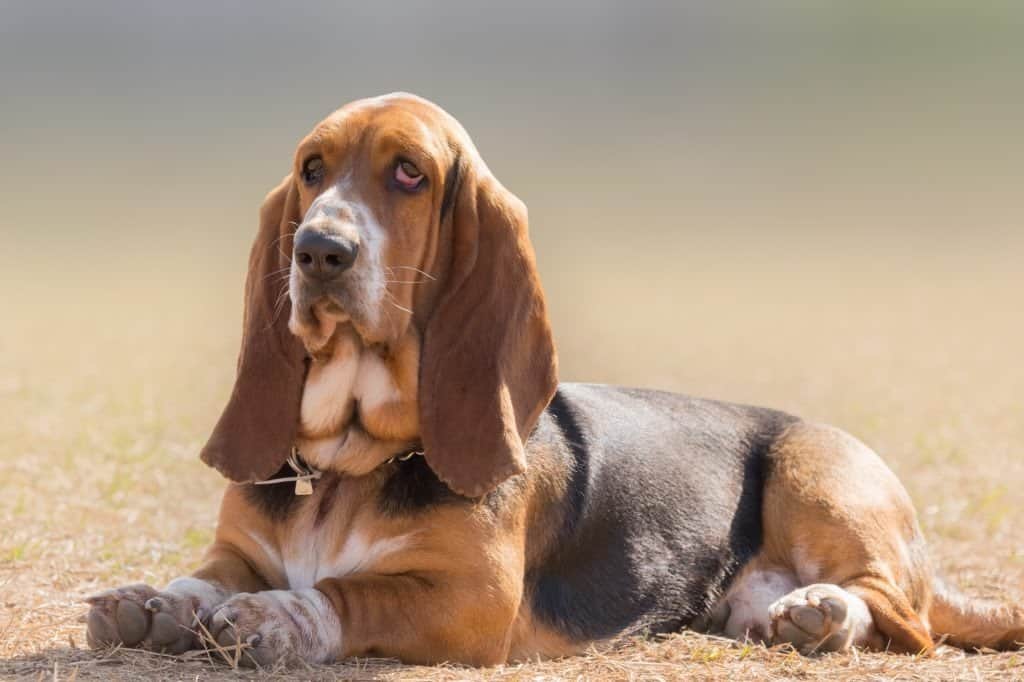
Basset hounds have an incredible sense of smell, making them superior hunting dogs.
©Bill Anastasiou/Shutterstock.com
The basset hound comes in second for their sense of smell. Their long ears are not only physically appealing but also help stir up the smells from the ground, and their facial folds help trap the smells for maximum impact.
Beagle
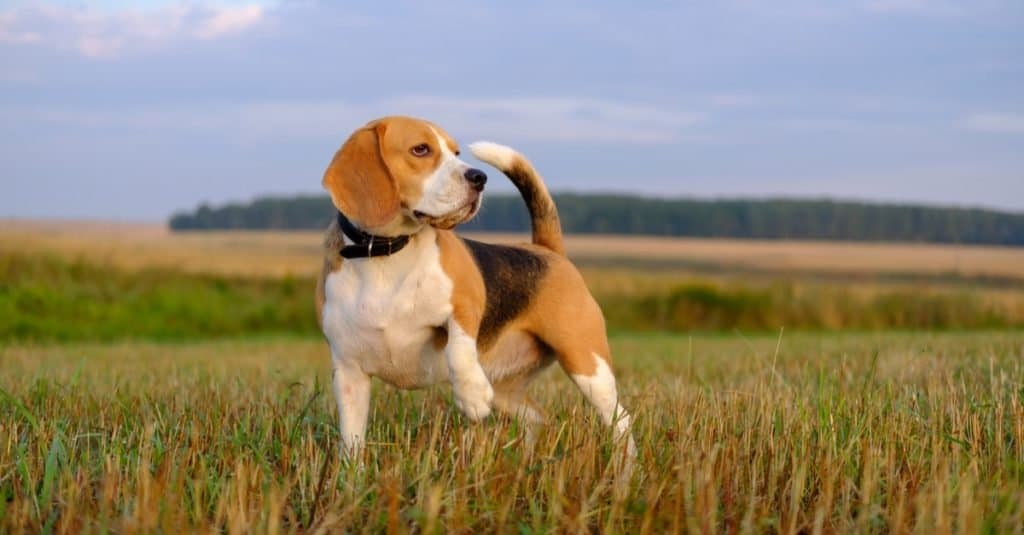
The beagle has endless energy, and needs owners who are extremely active.
©iStock.com/androsov58
Beagles excel at hunting hares and rabbits. Besides their fantastic sense of smell, these dogs have endless stamina. The foxhound was created by mixing the buckhound and beagle, making an unstoppable fox hunter.
Irish Wolfhound
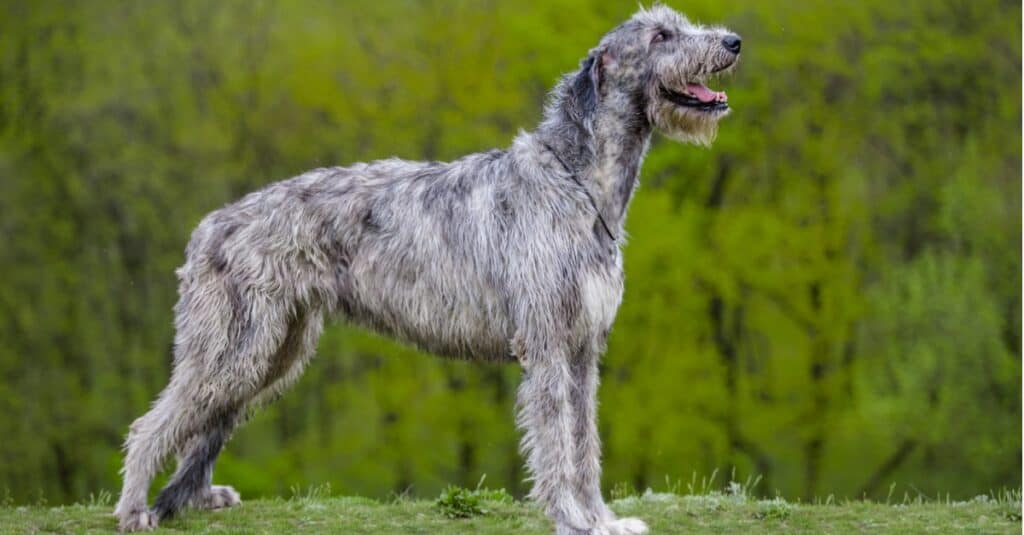
These massive dogs are fantastic big game hunters.
©iStock.com/Ashva
The Irish wolfhound was initially bred to hunt wolves. However, their massive size made them adept at taking down deer and boars as well. In addition, hunters used them to hunt giant Irish elk.
4. Herding Breeds
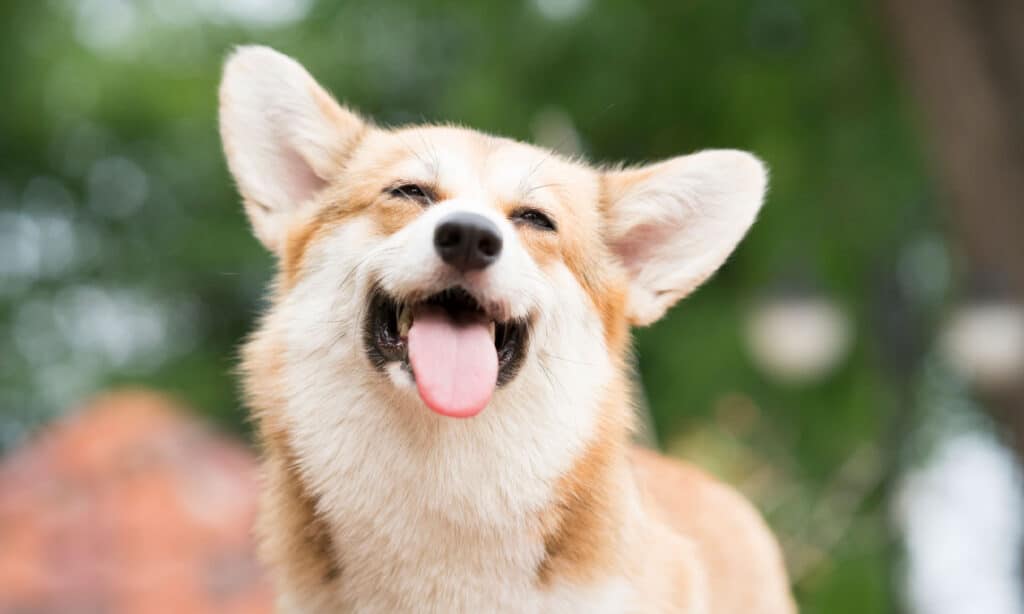
Corgis form part of the herding dog group.
©iStock.com/Tatomm
Herding dogs used to form part of the working dog group, but they were officially moved to their own category in 1983. The herding group comprises 30 breeds that differ in size from the small corgi to the massive Australian shepherd.
Breeders have bred these dogs to herd, gather, and protect livestock, including goats, cattle, and sheep. As a result, they are very intelligent and obey commands effortlessly. In addition, some breeds belonging to this group are used as police dogs, service dogs, or in the military.
Some herding dogs include:
Border Collie
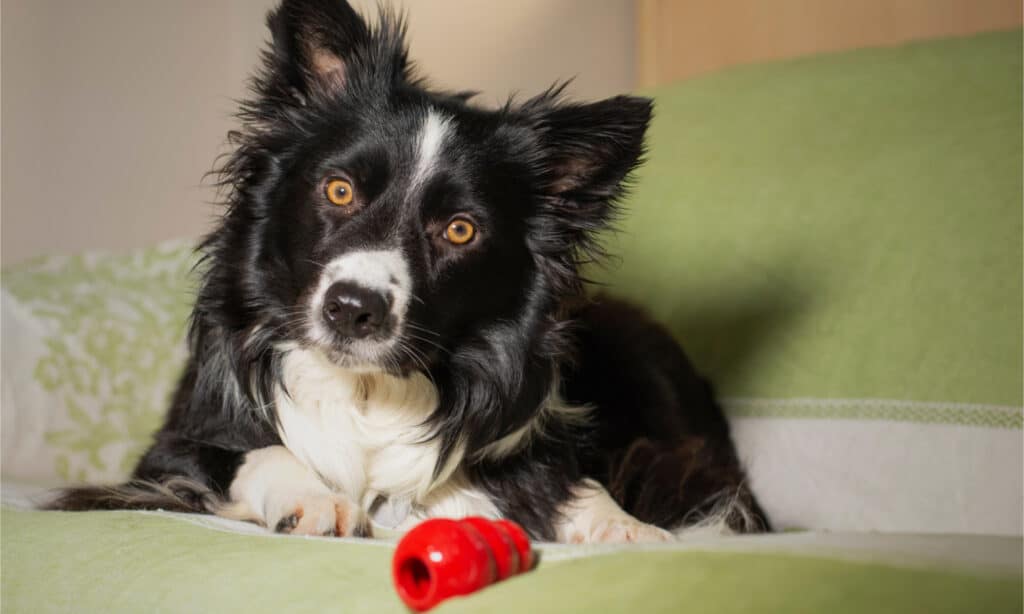
Border collies have endless energy and love to work.
©Tepepa79/Shutterstock.com
The border collie is highly intelligent and loves to work. They are able to learn multiple words and commands and thrive in environments where they must work every day.
German Shepherd
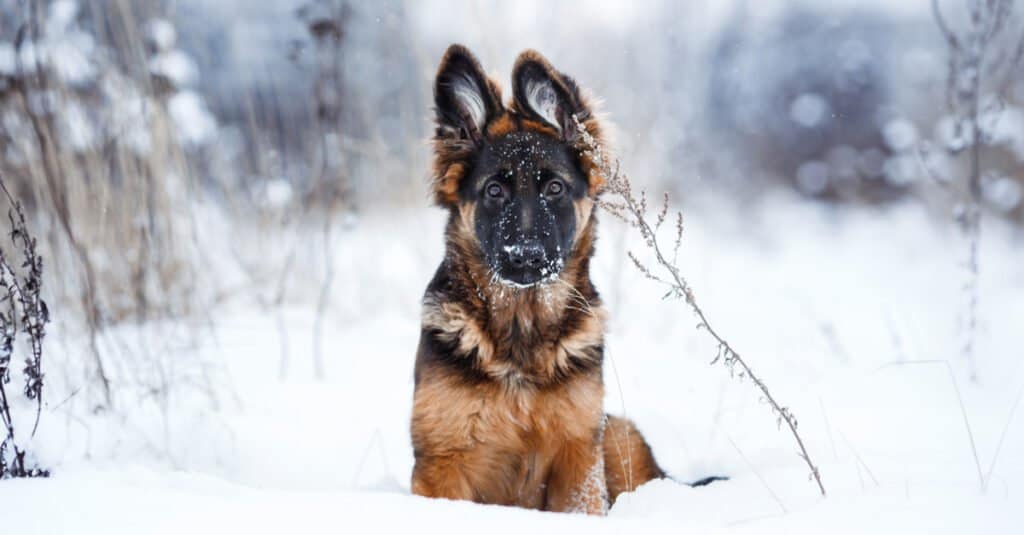
The German shepherd is incredibly obedient, and will do anything to please its owners.
©dezy/Shutterstock.com
German shepherds don’t need a lot of coercion to learn new commands. They are very intelligent, and their desire to please their owners is legendary!
Old English Sheepdog
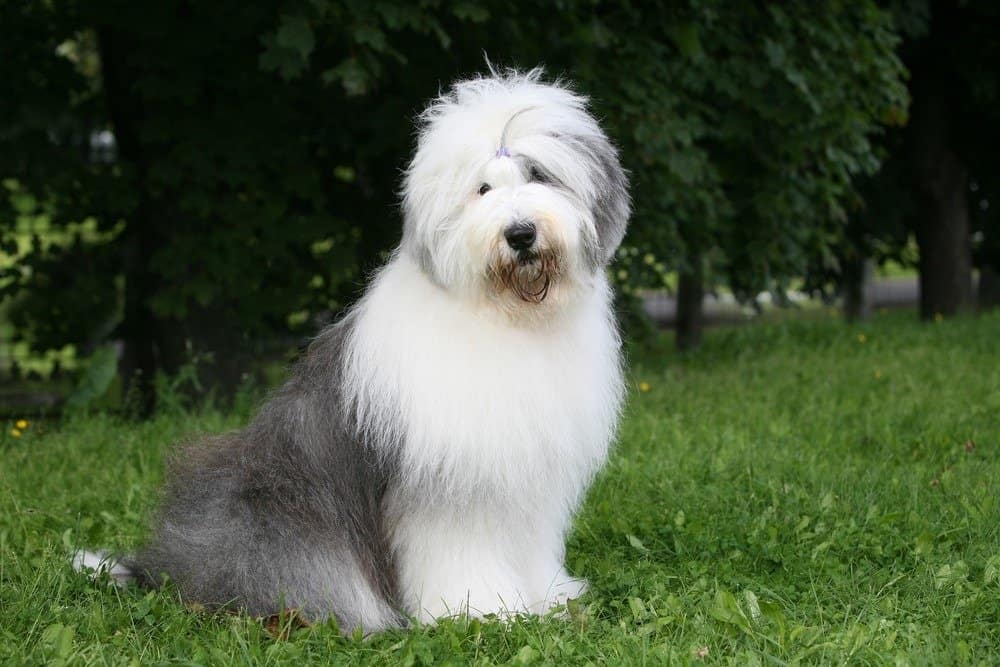
Old English sheepdogs aren’t that old; they have barely been around for 100 years.
©Svetlana Valoueva/Shutterstock.com
The old English sheepdog is actually a clown; they have a great sense of humor. However, these dogs are incredibly smart and versatile.
Anatolian Shepherd
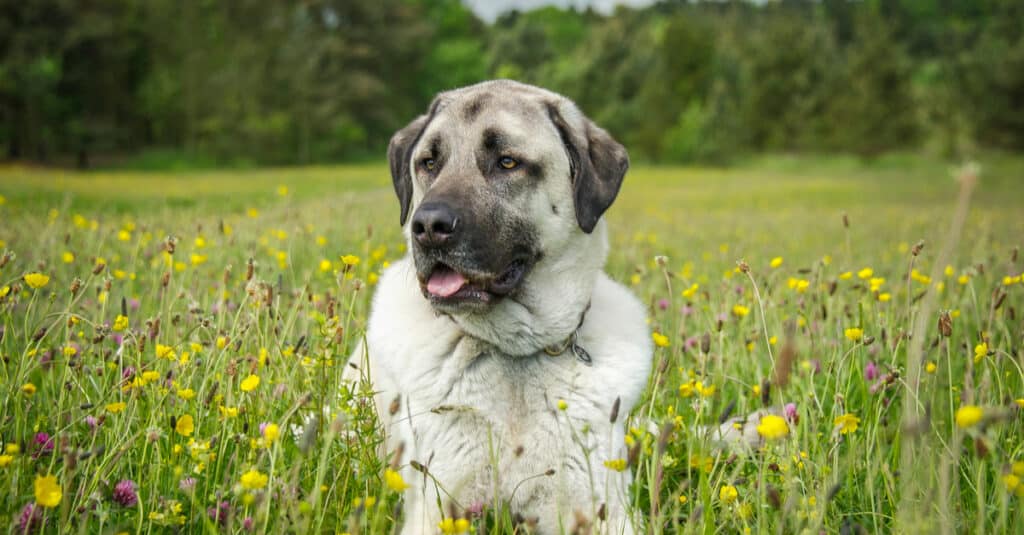
These massive dogs are usually left alone with the flock.
©rebeccaashworth/Shutterstock.com
The Anatolian shepherd is a fiercely independent dog, that guards livestock in Turkey and South Africa. They are often left alone with the flock and don’t interact with humans at all. However, if raised as companions, they are gentle and caring but tough to train.
5. Working Breeds
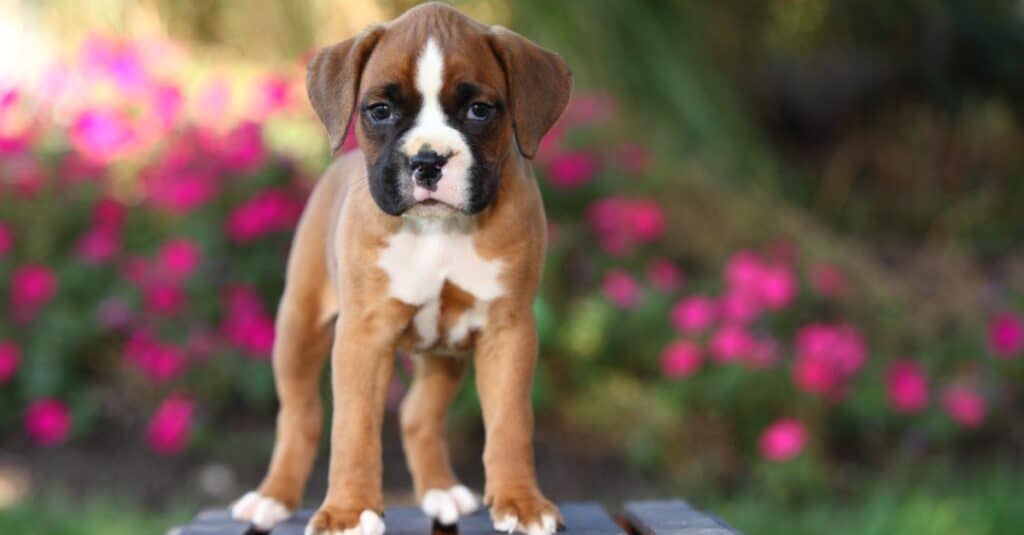
Boxers are classified as working dogs.
©iStock.com/JLSnader
Breeds belonging to the working dog group were originally part of the non-sporting category. However, these types of dogs were split off into their own group due to their roles as guardians and performing rescues. Working breeds are one of the handiest canines around as they are generally responsible for tasks like pulling carts and sleds, guarding flocks and homes, and working in the police force, military, and as service dogs.
Some working dog breeds include:
Bernese Mountain Dog
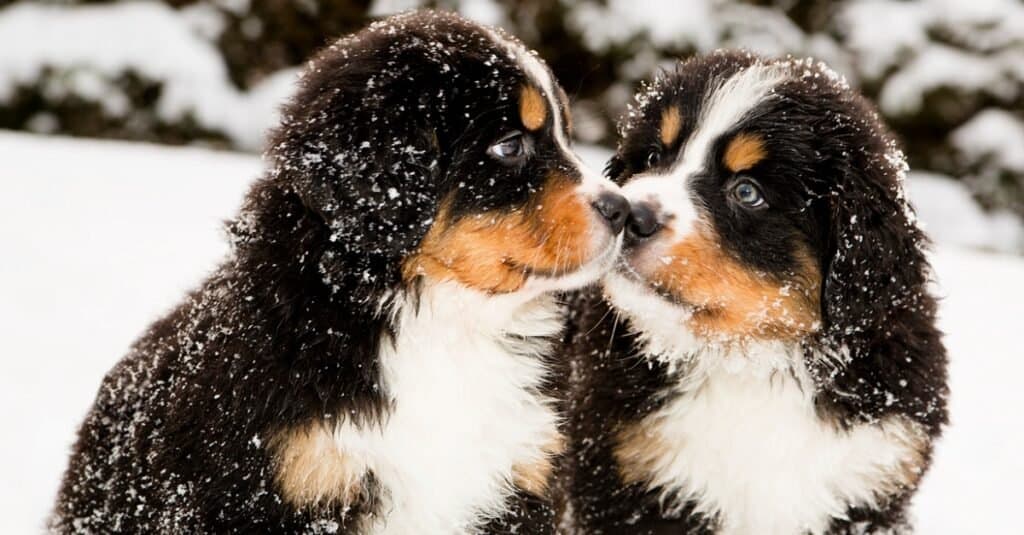
Bernese Mountain Dogs are fiercely protective of their loved ones, and fantastic with children.
©iStock.com/vetdoctor
The Bernese mountain dog hails from an agricultural region of Switzerland, and they enjoy working on farms, herding, droving, drafting, and protecting their territory. In addition, they are excellent family companions.
Doberman Pinscher
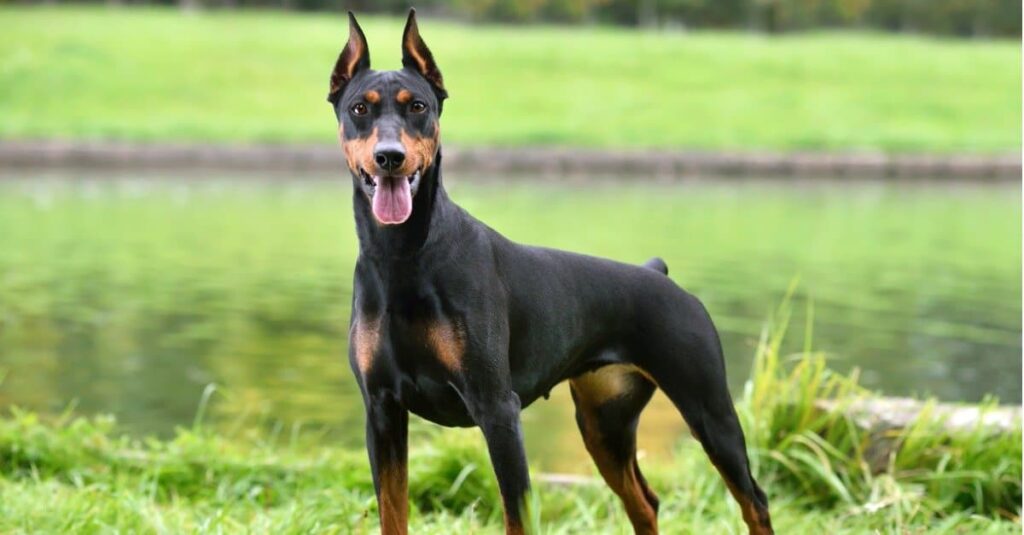
Dobermans were in high demand because of their fierce look, and originally used as tax collectors.
©eAlisa/Shutterstock.com
The Doberman pinscher originated in Apolda in Germany during the 1880s, so they are a relatively new dog breed. They were initially bred as terrifying guard dogs, but now, many people keep them as companions.
Leonberger
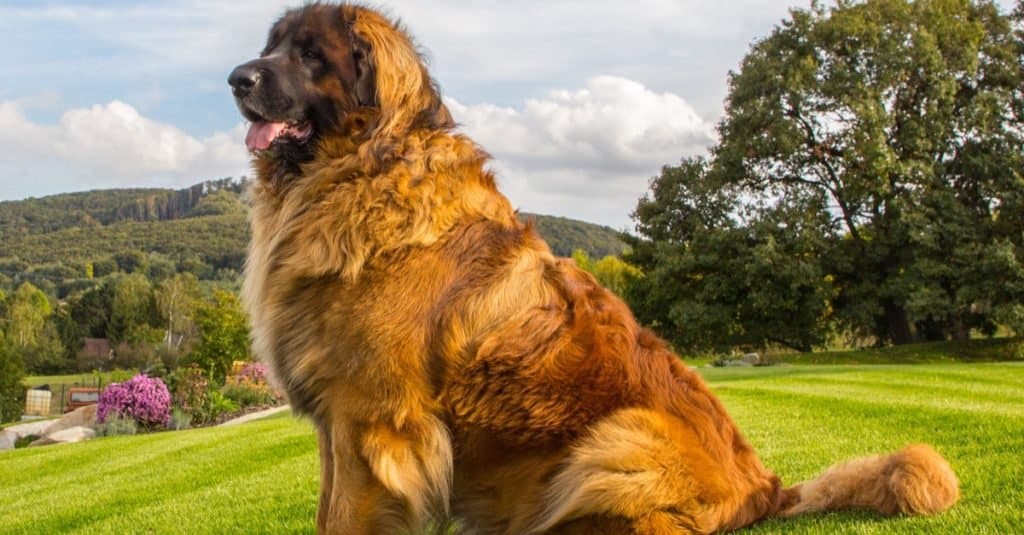
These gigantic dogs are actually really sensitive, gentle, and compassionate.
©Peter Josto/Shutterstock.com
The Leonberger is a giant breed, but don’t let their intimidating size fool you! They are very sensitive and often used as therapy dogs. These massive dogs have an excellent bedside manner and are astounding with children and the elderly, showing great compassion and love.
6. Terrier Breeds
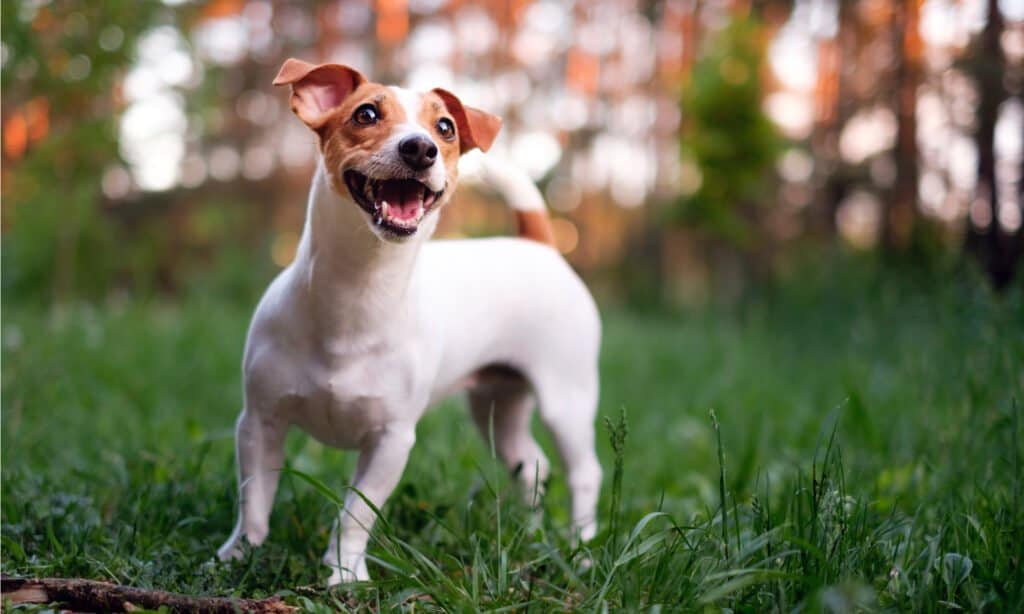
Jack Russells form part of the terrier group.
©nexusby/Shutterstock.com
Most of the dogs in the terrier group originated from the British Isles, and each breed evolved with a specific skill set depending on their geographical location. For example, some kill vermin, and others are guard dogs. However, terriers were generally bred to hunt smaller animals like otters, badgers, and rats.
There are short-legged variations like the cairn terrier, who is an expert at chasing rodents underground, and long-legged terriers like fox terriers, who use their elongated limbs to dig into burrows to catch their prey. In addition, breeds like bull terriers were originally bred for dogfights and bull baiting. But luckily, those practices are illegal today, and these pups are now welcomed into homes as companions.
Some terrier breeds include:
Stafford Terriers
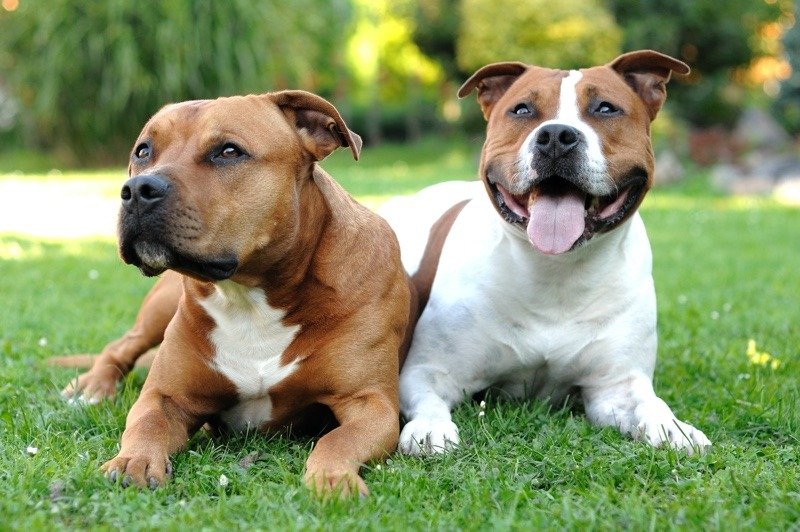
Stafford terriers are gentle and loving dogs, making them great with children.
©Hamik/Shutterstock.com
While Stafford terriers have a bad reputation for being aggressive and were initially used as fighting dogs because of their strength, they are actually a gentle breed and excellent family dogs. In fact, when dog fighting became illegal in the UK in 1911, Staffies became one of the most popular companion dogs.
Miniature Schnauzers
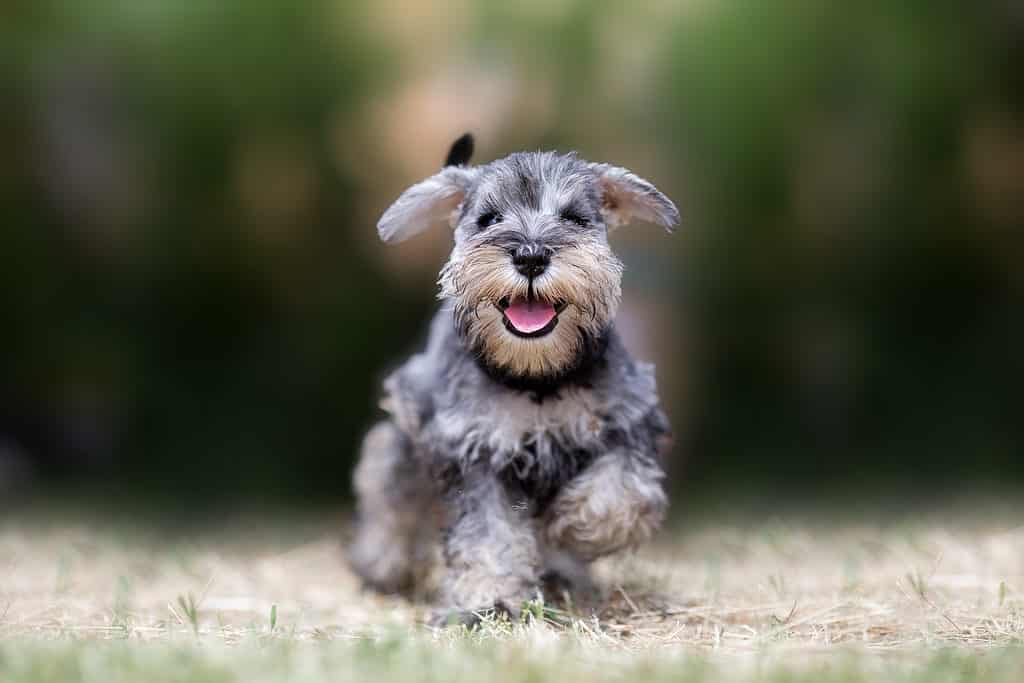
Miniature schnauzers are really easy to train because they are so obidient.
©Lunja/Shutterstock.com
The miniature schnauzer has a fiery independence, which is uncommon in terrier breeds. In addition they are extremely friendly, outgoing, and easy to train due to their obedient nature.
Airedales
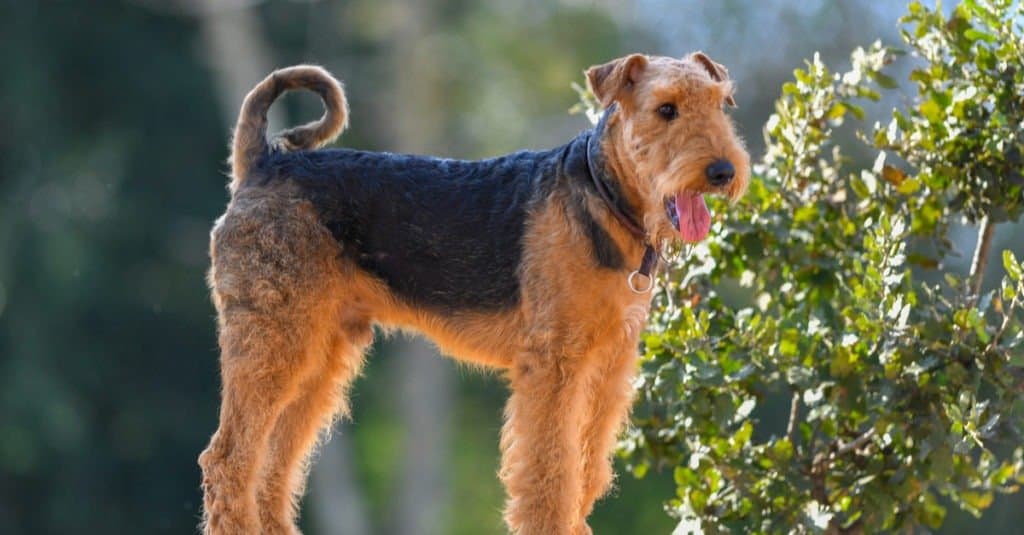
Airedales are energetic dogs known for their rat catching abilities.
©PROMA1/Shutterstock.com
The Airedale is the largest breed in the terrier group, originating from the Aire River Valley in England. These dogs are adept at hunting large rodents and often competed in rat-hunting contests.
7. Toy Breeds
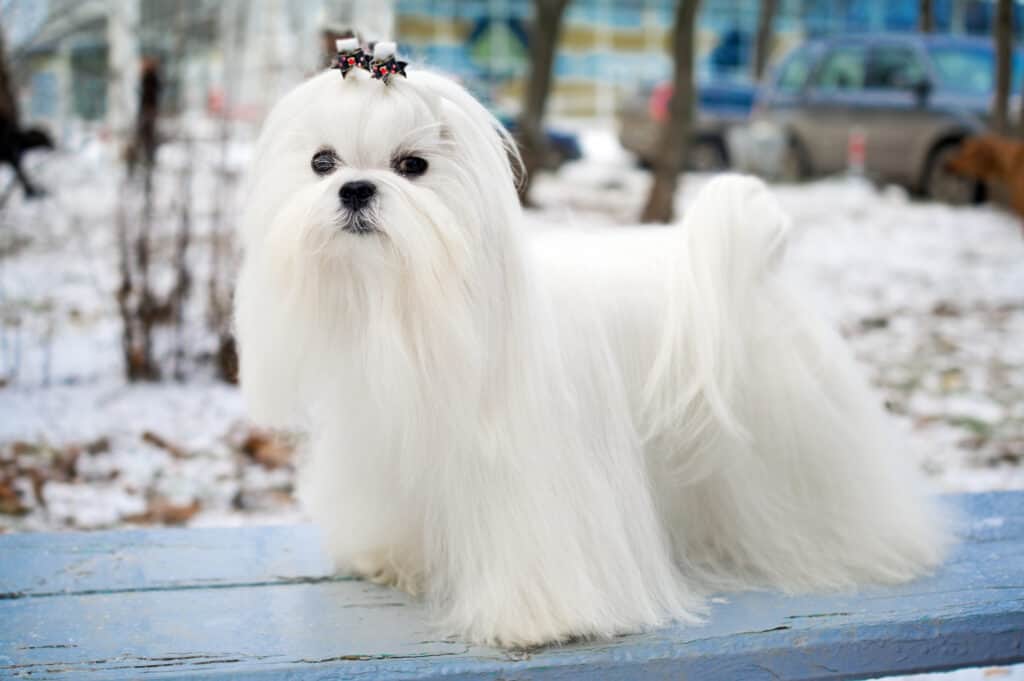
Maltese form part of the toy dog group.
©iStock.com/Laures
The toy breeds serve no purpose except to be companions and easily portable lap dogs. These adorable minis are ideal for apartment living or homes with limited space. But don’t let their small stature fool you, dogs in this group usually have very large personalities.
Some toy breeds include:
Pomeranian
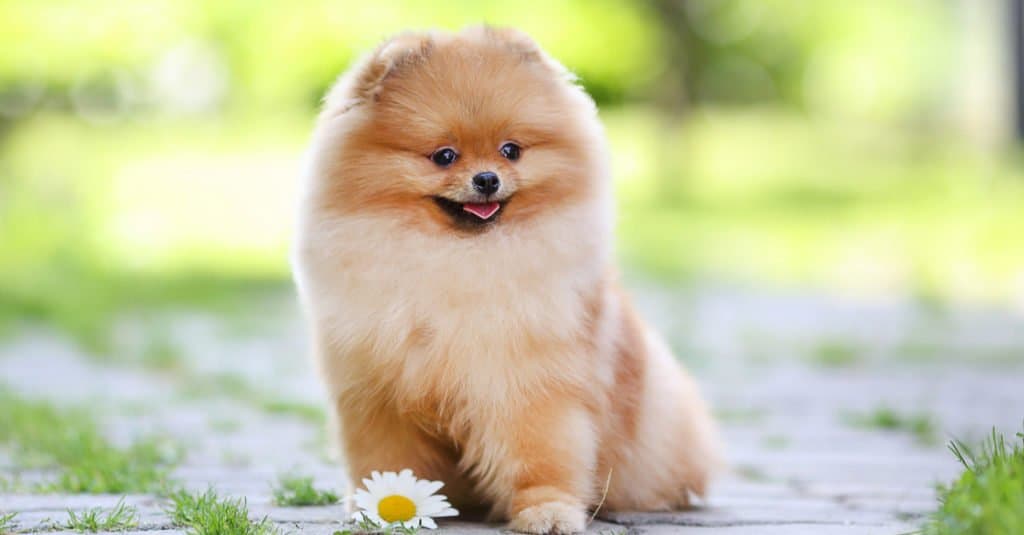
If shaved correctly, Pomeranians actually look like little bears.
©Dulova Olga/Shutterstock.com
The Pomeranian wasn’t always so small. In fact, these dogs used to weigh between 20 to 30 pounds. But Queen Victoria wanted a smaller dog, so breeders bred down the size until they created the adorable pup we know today.
Yorkshire Terrier
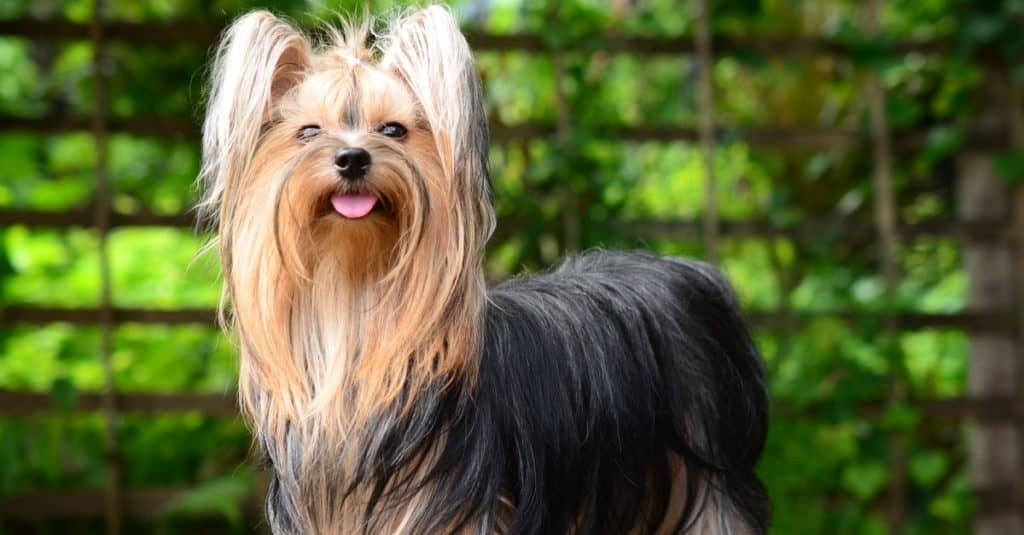
Yorkshire terriers are incredibly cute, but very stubborn and hard to train.
©Mr. SUTTIPON YAKHAM/Shutterstock.com
Yorkies are notorious for their long, silky coats. However, this desirable feature comes with a lot of time-consuming work. Their hair is very similar to human hair, as it tangles easily. In order to keep their coats knot-free, owners have to brush them every day.
Pug
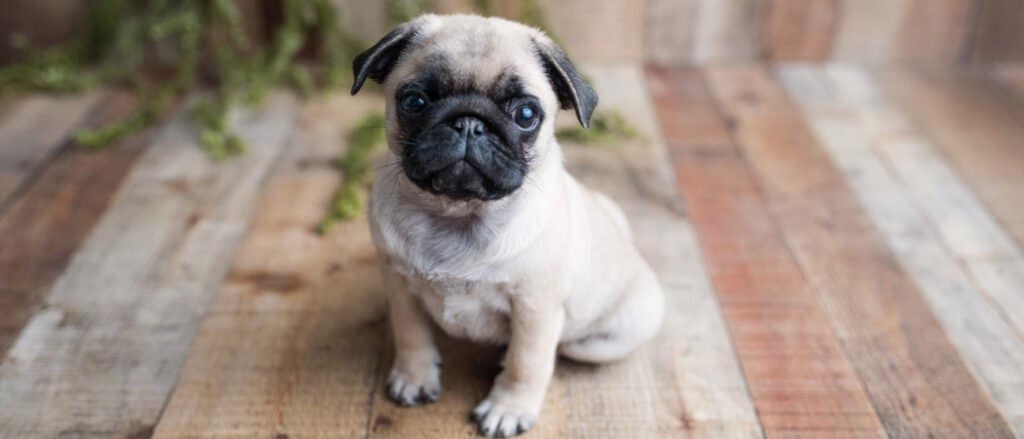
Pugs are the ideal family dog, they are gentle, calm , and amazing with children.
©TanyaCPhotography/Shutterstock.com
Although pugs are muscular and stocky dogs, they form part of the toy group. These dogs only measure 10 to 12 inches at the shoulder and weigh around 14 to 20 pounds when fully grown.
Up Next
The photo featured at the top of this post is © iStock.com/adogslifephoto
Ready to discover the top 10 cutest dog breeds in the entire world?
How about the fastest dogs, the largest dogs and those that are -- quite frankly -- just the kindest dogs on the planet? Each day, AZ Animals sends out lists just like this to our thousands of email subscribers. And the best part? It's FREE. Join today by entering your email below.
Thank you for reading! Have some feedback for us? Contact the AZ Animals editorial team.



